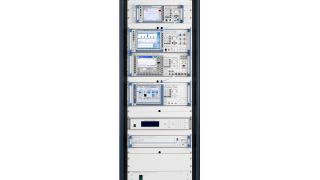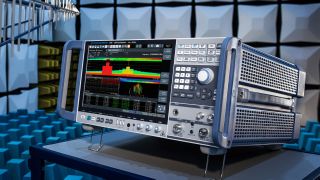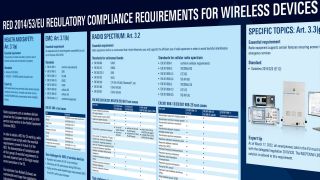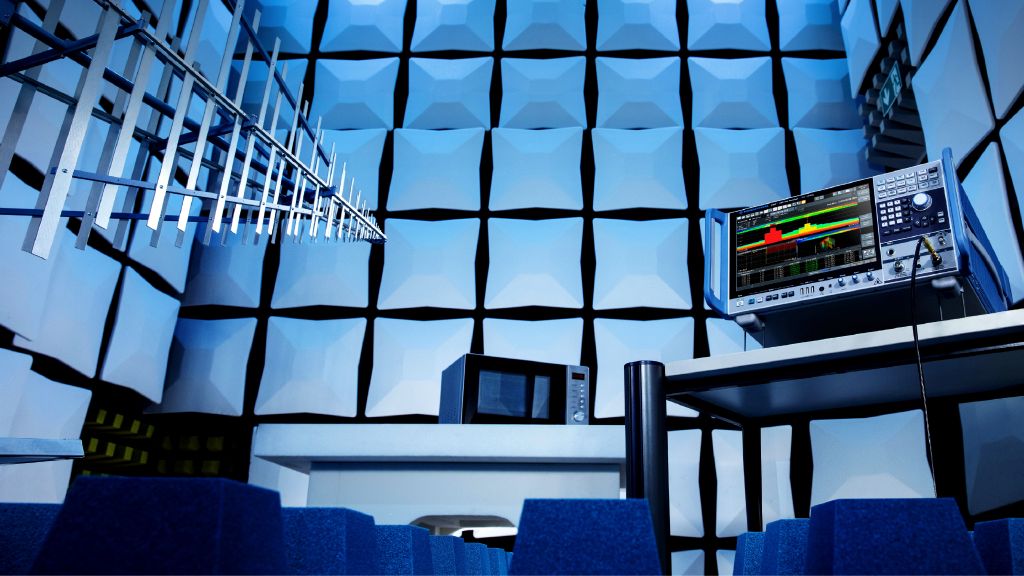Meeting regulatory standards for wireless devices
Regulatory testing in today’s wireless landscape
Regulatory testing confirms that wireless devices - both cellular and non cellular - comply with national and international regulations.
Regulatory testing for wireless devices has been required for a long time; with the advent of radio communication in the early 1900s, governments began to recognize the need to regulate the airwaves to prevent interference and ensure efficient use of the radio spectrum. However, it is more important than ever now with rapid advancements in wireless technology and the sharp increase in the number of wireless devices.
Wireless technologies, such as 5G, Wi Fi and Bluetooth®, all operate on the radio frequency spectrum - a natural, finite resource. This is why the potential for interference and risk of congestion increases with the number of wireless devices. Regulatory testing is necessary to ensure safe, efficient and reliable operation within the increasingly crowded and complex wireless landscape.
Global market access and regulatory standards
A key aspect of regulatory testing is obtaining global market access. This involves ensuring that a product meets the regulatory requirements of different countries and regions, which can have their own standards. A product that does not meet the requirements of a given country or region cannot be legally sold there.
For example, the Radio Equipment Directive (RED) is the regulatory framework for wireless devices on the EU market. It establishes the essential requirements to ensure that a wireless device meets standards for health and safety, electromagnetic compatibility (EMC) and efficient use of the radio spectrum, among others. Through regulatory testing, manufacturers can demonstrate their compliance with these requirements, obtain the necessary CE marking and legally place their products on the EU market.
In the United States, the Federal Communications Commission (FCC) plays an important role in regulating the telecommunications industry. The official FCC regulatory tests must be done at FCC accredited test labs. Pre-compliance testing during the R&D process is highly recommended to avoid failing and repeating the official test.




















